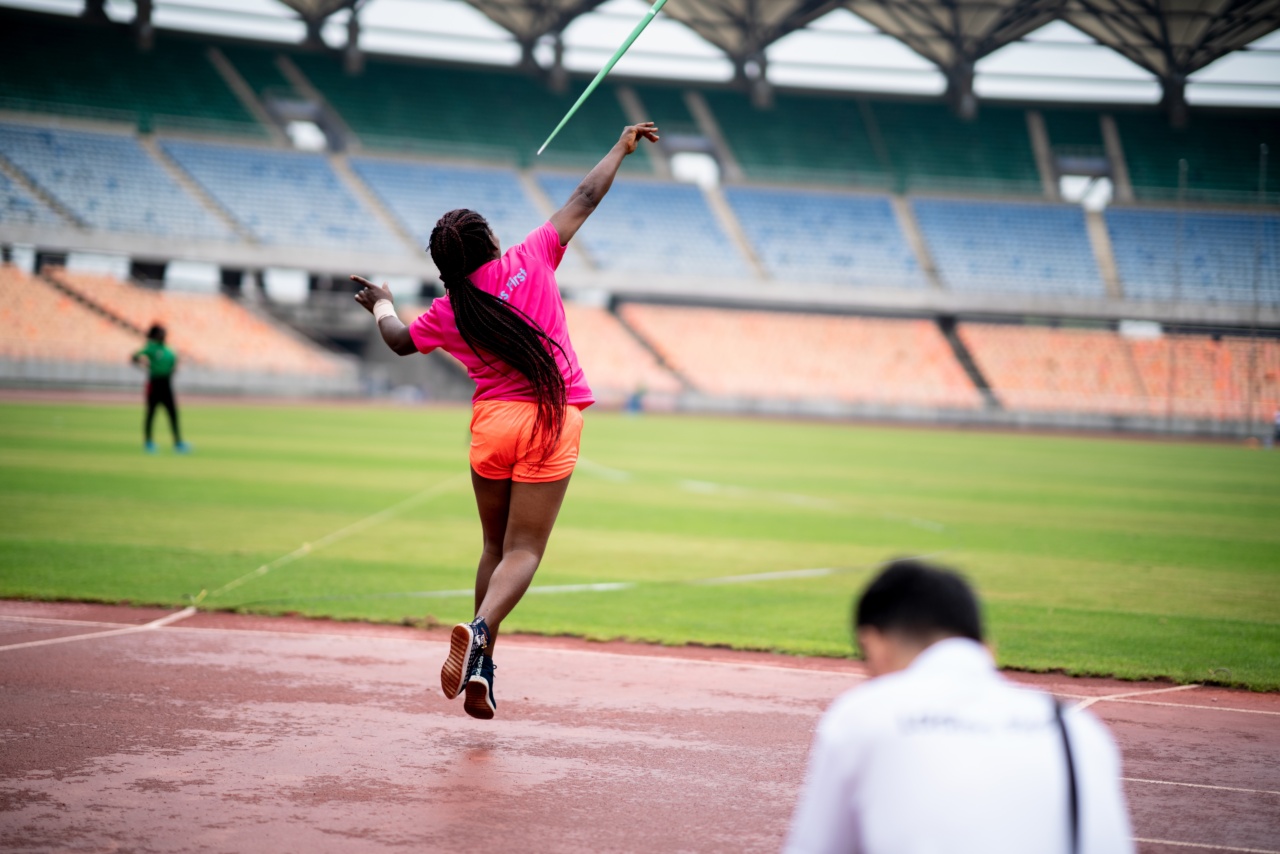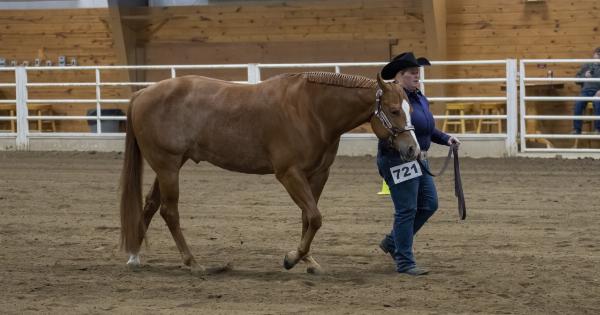Reproduction is a complex process that involves the fusion of male and female gametes to produce offspring.
In many animal species, including humans, the male produces a large number of sperm during his reproductive life, leading to competition among sperm for fertilization. Sperm competition is the competition between sperm from different males to fertilize the same egg.
This competition has important implications for female reproduction, affecting fertilization success, offspring genetic diversity, and even the evolution of reproductive strategies in males and females.
Understanding Sperm Competition
Sperm competition occurs when multiple males mate with a female within a short time interval, leading to the presence of sperm from multiple males in the female reproductive tract.
This competition can take several forms, such as pre- and post-copulatory competition.
Pre-Copulatory Competition
Pre-copulatory competition occurs before copulation, as males compete for access to females. This competition can take several forms, such as fighting, vocalizations, or displays of physical attributes.
Post-Copulatory Competition
Post-copulatory competition occurs after copulation, as sperm from different males compete for fertilization. This competition can take several forms, such as sperm displacement, sperm defense, or sperm depletion.
Effect of Sperm Competition on Female Reproduction
Sperm competition can have important effects on female reproduction, such as increased fertilization success, genetic diversity, and offspring fitness.
Increased Fertilization Success
In species where multiple males mate with a female, sperm competition can increase fertilization success by ensuring that the best-quality sperm fertilizes the egg.
This can lead to increased offspring fitness, as the offspring inherit the best genetic traits from both parents.
Increased Genetic Diversity
Sperm competition can also increase genetic diversity, as multiple males contribute to the genetic makeup of the offspring. This genetic diversity can help populations adapt to changing environmental conditions and increase their chances of survival.
Offspring Fitness
Offspring resulting from sperm competition may have higher fitness due to the increased genetic diversity.
Additionally, some species exhibit post-copulatory mechanisms that allow females to choose the best sperm for fertilization, leading to offspring with higher fitness and better chances of survival.
Evolution of Reproductive Strategies
Sperm competition can also drive the evolution of reproductive strategies in both males and females.
Males may evolve strategies that increase their chances of fertilization, such as producing larger sperm, mating frequently, or having multiple mating partners. Females may evolve strategies to choose the best sperm for fertilization, such as controlling the storage and release of sperm, or selecting for specific traits in their mating partners.
Conclusion
Sperm competition is a natural and important part of reproduction in many animal species. It can have important effects on female reproduction, including increased fertilization success, genetic diversity, and offspring fitness.
Understanding the mechanisms and implications of sperm competition can provide insights into the evolution of reproductive strategies in males and females, and their effects on population dynamics and fitness.






























